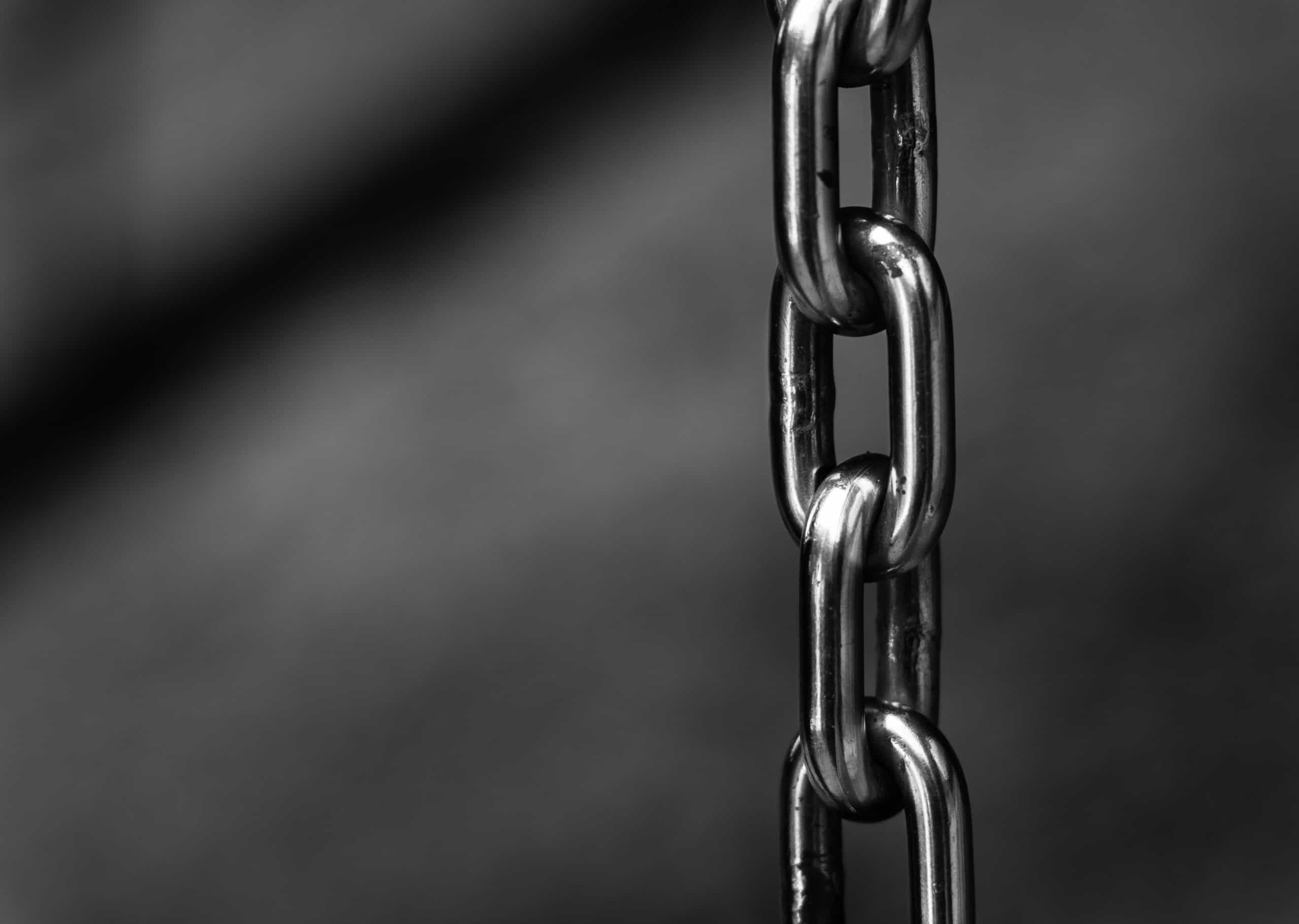Editor’s Note: This post is from Dr. Erin Raab, Co-Founder and Executive Director of REENVISIONED. Check out her panel from the Change@Work Conference to learn more about resilience.
When the future is unpredictable and five-year strategic plans have been thrown out the window… This is a time for resilience.
Resilience is the ability of people, teams, or systems to adapt and thrive in a new environment after adverse experiences have occurred. The good news is that it’s not an inherent trait: it’s a set of skills and practices that can be improved with time.
In fact, resilience is rooted in relationships. When Google conducted Project Aristotle, a massive, two-year study on its most effective teams it found that the most important commonality across effective teams was trust and psychological safety: the belief you won’t be judged or punished for a mistake in conversation or performance. Teams that have more trust and psychological safety are able to better learn from failures, and as a result, adapt more quickly and effectively to new challenges.
To increase psychological safety, prioritize connection—that is, get to know your team members not just as colleagues, but as individuals. What motivates them? What’s important to them personally about this work? Ways to cultivate connection in your teams include:
- Cultivate positive emotion. Teams with more shared positive emotion perform better and are more resilient. Develop inside jokes, share memes, play funny games, have a dance contest or a corny joke contest. Try improv exercises before starting meetings, or share a “daily doodle.” Find out more ways to make teams more playful.
- Create rituals. Rituals help build an important sense of meaning and consistency, reinforce team values, and ensure that moments for connection are not forgotten in the hurry of the everyday urgent tasks. They fit particularly well in at beginnings, endings, or transitions:
- Onboarding intentionally designed to foster relationships helps new team members forge lasting connections, making them more comfortable taking initiative and asking questions. This might look like a first-day lunch with a colleague; one-hour “get to know you” chats with the team within the first two weeks; or a “welcome party” the first Friday on the job to introduce them to other colleagues.
- Eating together provides both individual and group benefits, including improving team performance. There are many ways to organize team lunches, even in a time of remote work—have you tried sending food delivery to remote teammates?
- Check-ins at meetings give you a sense of where your team is at, emotionally and intellectually, and allow everyone to connect with one another as humans. Effective check-ins are quick but insightful. Try asking, “What are you bringing with you today?”
- Human-centered off-boarding is not just for the person leaving—it’s an opportunity to celebrate accomplishments, smooth transition, emphasize shared values, and show remaining team members how they will be valued when they transition. This can be done in a conversation, or written in notes.
Particularly when layoffs are concerned, collectively sharing and reflecting on what the team has achieved together, and what each individual contributed, can help prepare everyone for the job market. Prior to a massive organizational layoff (where it wasn’t clear if my team would be affected), I brought my team through a pre-layoff process that included reflecting on achievements and strengths. Everyone filled out the following and we discussed it as a group:
- Name
- Deliverables or Most Impressive Accomplishments
- Specific Strengths and Skills
- Superpowers
- Superlatives and Hopes for This Person
We also co-reviewed our current resume materials and wrote one another references. I ensured each of my direct reports had a reference letter they had drafted on file so I could quickly respond to future requests. In total, this took about eight hours of work time over three weeks—but the team was able to better focus and remain motivated in the other hours, making it an efficient use of time, and led us to be one of the most effective and productive teams through a difficult time of transition.
- Express gratitude and appreciation.Teams that practice gratitude have higher work engagement, job satisfaction, and trust, and perform better. As a team, one ritual was taking time at the beginning of our bi-weekly meetings to thank or acknowledge one another, as well as recognizing people for living our team values particularly well. We also created a “Star” award to give out bi-weekly to colleagues on other teams who had collaborated with us particularly well, or simply gone above and beyond in their work. One person would nominate and share the story about why they were grateful, and someone else on our team would then express that story and present the award to the recipient.
Notice that with each of these, if you’re a leader focused on a narrow idea of “efficiency,” then building in time for connection, appreciation, or non-goal-specific rituals may seem unnecessary or even wasteful. However, teams able to bring these in effectively will find they have higher retention, engagement, flexibility, and morale, making them more resilient and effective over the long run.













